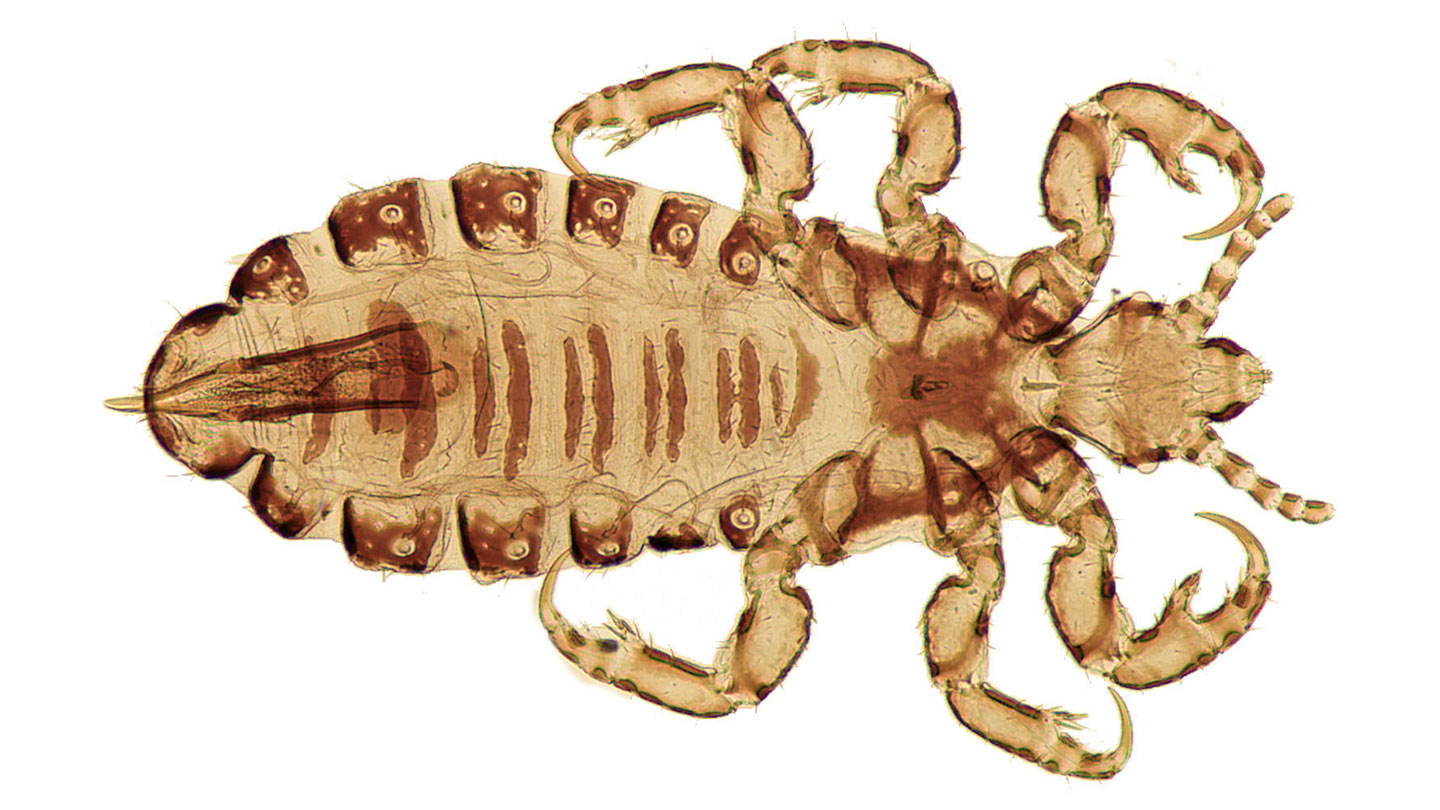Lice have been bugging humans for as long as our species has been around, and the insects’ genes record the story of their hosts’ global voyages, a study finds.
Head lice (Pediculus humanus capitis) can’t jump or fly. They can disperse only by crawling, leaving them closely tied to the movements of their human hosts, says Marina Ascunce, an evolutionary geneticist at the U.S. Department of Agriculture’s Agricultural Research Service in Gainesville, Fla.
Ascunce and her colleagues analyzed DNA extracted from 274 head lice found on people from 25 locations around the world, comparing differences between 15 small sections of the louse genetic instruction book. The lice clustered genetically into two groups — one found in Europe and North America, and the other in Asia and Central America, the team found.
Central America’s link to Asian populations, the researchers suggest, is the result of humans crossing a land bridge into the Americas many thousands of years ago (SN: 7/22/20). The other lice group prevalent in the Americas reflects the more recent colonization of the region by Europeans.
2023-11-08 14:00:00
Link from www.sciencenews.org
